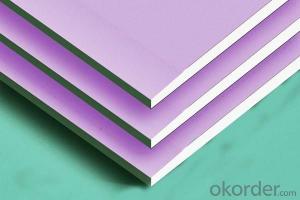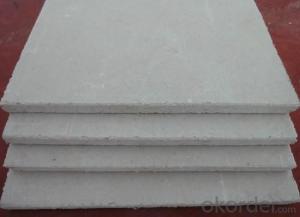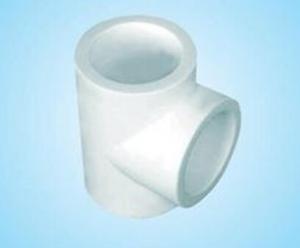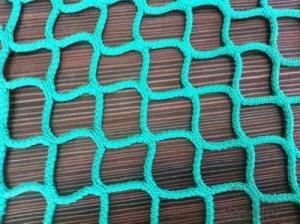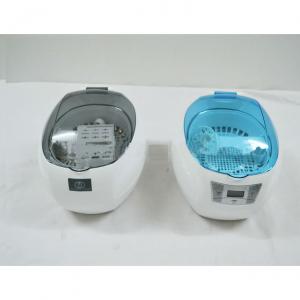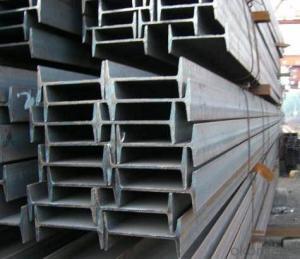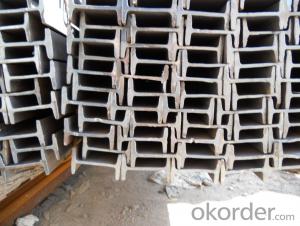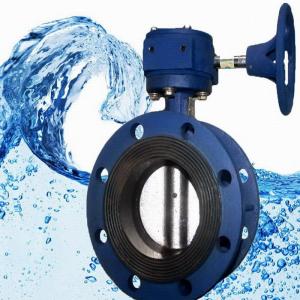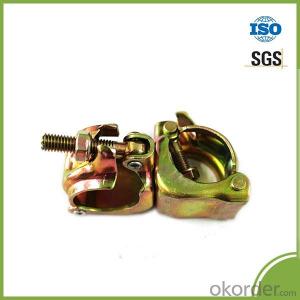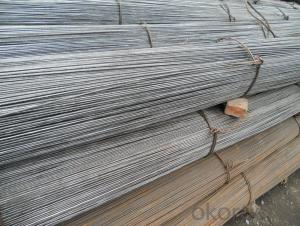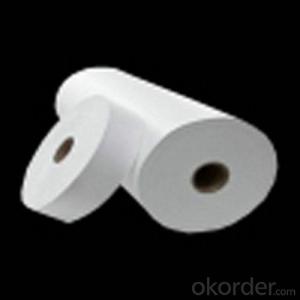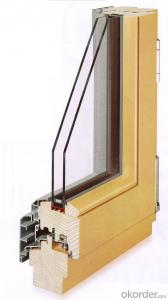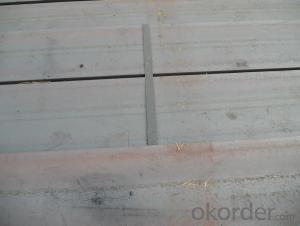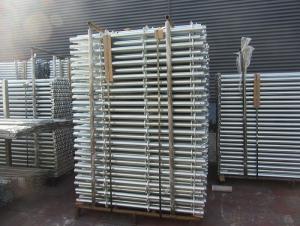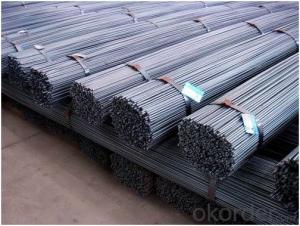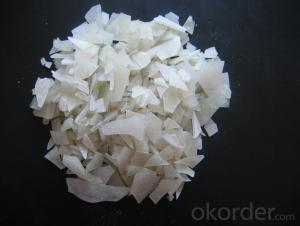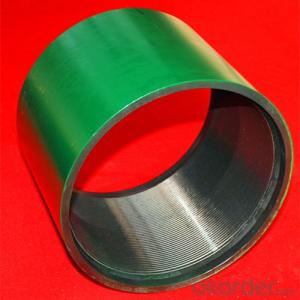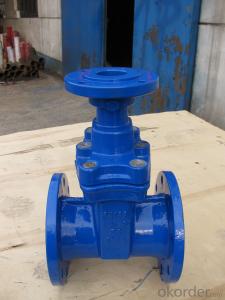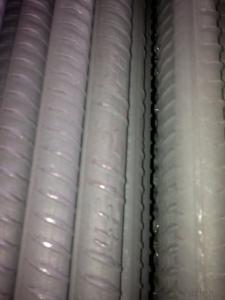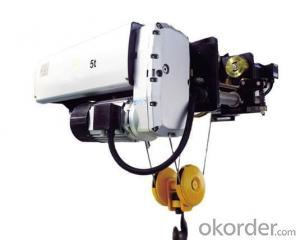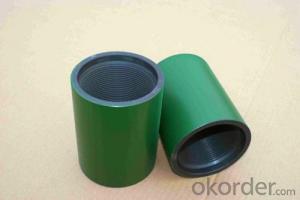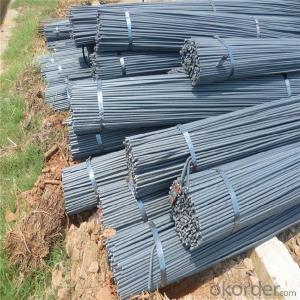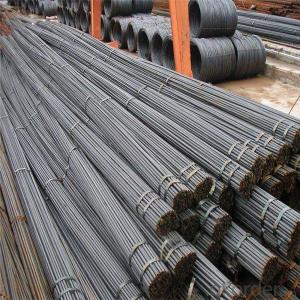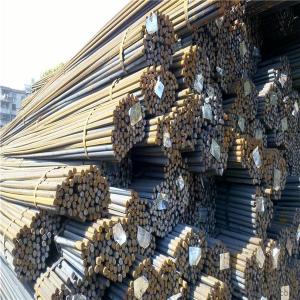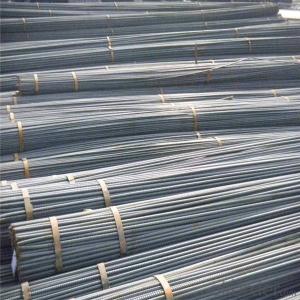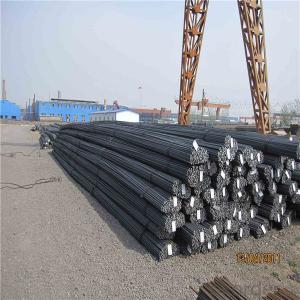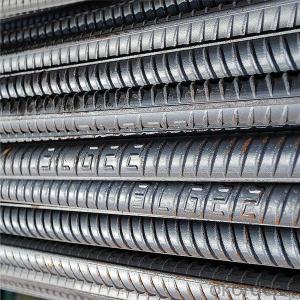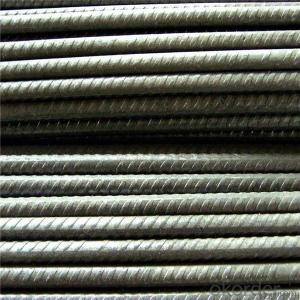Ks Standard
Ks Standard Related Searches
Best Stainless Steel For Knives Primer For Galvanized Steel H S Code For Stainless Steel Wd 40 For Stainless Steel Spray Paint For Stainless Steel Glue For Stainless Steel Drill Bits For Stainless Steel Spray For Stainless Steel Welder For Stainless Steel Diamond Grinding Wheels For SteelHot Searches
Price For Stainless Steel Scrap Scrap Price For Stainless Steel Price For Stainless Steel Cheap High Tea Sets For Sale Price Of Shipping Containers For Sale Stock Price For Aluminum Cheap Solar Cells For Sale Air Pump For Aquarium Price Inverter Size For Solar System Used Foam Board Insulation For Sale Price List For Building Materials Magnesium Oxide Board For Sale Hdf Board For Sale sintra board for sale Cheap Mini Laptops For Sale Plywood For Sale Cheap Cheap Washers For Sale Cheap Tall Vases For Sale Solar With Inverter Price Steel Mesh Panels For SaleKs Standard Supplier & Manufacturer from China
Okorder.com is a professional Ks Standard supplier & manufacturer, offers integrated one-stop services including real-time quoting and online cargo tracking. We are funded by CNBM Group, a Fortune 500 enterprise and the largest Ks Standard firm in China.Hot Products
FAQ
- Yes, steel rebars can be used in coastal construction. Steel rebars are commonly used in coastal construction due to their high strength and durability. They have excellent resistance to corrosion, which is crucial in coastal areas where the presence of saltwater and high humidity can lead to accelerated corrosion of building materials. Additionally, steel rebars can withstand the forces of the waves and strong winds typically experienced in coastal regions. They are able to provide the necessary structural support for buildings, bridges, seawalls, and other coastal infrastructure. However, it is important to ensure proper protective measures are taken, such as using corrosion-resistant coatings or stainless steel rebars, to further enhance their durability and longevity in coastal environments.
- Steel rebars are extensively used in the construction of airports to provide structural reinforcement and ensure the overall strength and stability of various concrete structures. Rebars, also known as reinforcing bars, are typically made of steel and are strategically placed within concrete elements such as beams, columns, slabs, and foundations. In airport construction, rebars are primarily used to reinforce the concrete in runways, taxiways, and aprons. Runways, being subjected to heavy loads and constant aircraft movements, require significant reinforcement to withstand the immense pressure and prevent cracking or structural failure. Steel rebars are embedded within the concrete to enhance its tensile strength, allowing it to bear these heavy loads without compromising the integrity of the runway. Similarly, taxiways and aprons, which accommodate aircraft taxiing, parking, and refueling, also rely on steel rebars for reinforcement. These areas experience continuous vehicle and equipment traffic, making them susceptible to wear and tear. Incorporating rebars in the concrete ensures that these surfaces can withstand the constant stress and weight of aircraft and vehicles, ensuring durability and longevity. In addition to runways, taxiways, and aprons, steel rebars are also used in the construction of other airport structures such as terminal buildings, control towers, hangars, and parking facilities. These structures require strong foundations and sturdy frames to support the weight of the building and withstand various environmental factors such as wind and seismic forces. Steel rebars are employed in these structures to reinforce the concrete foundations, columns, and beams, providing the necessary strength and stability. Overall, steel rebars play a crucial role in the construction of airports by enhancing the structural integrity and durability of various concrete elements. They ensure that airport facilities can withstand the heavy loads, constant traffic, and adverse weather conditions associated with air travel, ensuring the safety and efficiency of airport operations.
- The process of removing rust from steel rebars typically involves several steps. First, the surface of the rebars is cleaned thoroughly using a wire brush or sandpaper to remove loose rust, dirt, and any other contaminants. After cleaning, a rust converter or inhibitor may be applied to neutralize any remaining rust and prevent further corrosion. Once the converter has dried, a primer specifically designed for metal surfaces is applied to provide a protective coating. Finally, a suitable paint or coating is applied to the rebars to ensure long-term protection against rust and corrosion.
- The main difference between hot-rolled and cold-rolled steel rebars lies in the manufacturing process. Hot-rolled steel rebars are formed by heating the steel billet to high temperatures and then passing it through rollers to shape it into the desired rebar size. This process results in a rougher surface and less precise dimensions. On the other hand, cold-rolled steel rebars are manufactured by cooling the steel billet and then passing it through rollers at room temperature. This process produces a smoother surface and more accurate dimensions. Overall, the choice between hot-rolled and cold-rolled steel rebars depends on the specific application and the desired properties of the rebar.
- Various types of steel rebars are utilized in earthquake-prone regions to bolster the structural integrity and resilience of buildings. These rebars are specifically engineered to withstand the formidable forces generated during seismic events, thereby mitigating the risk of structural failure. The commonly employed steel rebars in earthquake-prone regions encompass the following: 1. Mild Steel Rebars (MSR): Also known as carbon steel rebars, MSR rebars are the most frequently utilized due to their affordability and widespread availability. They possess a relatively low yield strength, typically ranging from 250 to 420 megapascals (MPa). While they provide basic reinforcement, they are not specifically designed to endure intense seismic forces. 2. High-Strength Deformed Bars (HSD): HSD rebars exhibit significantly higher yield strength compared to MSR rebars, typically ranging from 415 to 600 MPa. Manufactured through subjecting carbon steel to additional heat treatment and controlled cooling, HSD rebars demonstrate improved strength and ductility. They possess enhanced resistance against seismic forces and are commonly employed in earthquake-prone regions. 3. Stainless Steel Rebars (SSR): SSR rebars exhibit remarkable resistance to corrosion and possess excellent strength characteristics. They are commonly employed in coastal earthquake-prone regions where exposure to saltwater or corrosive environments is a concern. SSR rebars offer enhanced durability and longevity, thereby reducing the risk of structural damage caused by corrosion over time. 4. Fiberglass Rebars: Also known as FRP (fiber-reinforced polymer) rebars, fiberglass rebars represent non-metallic alternatives for reinforcement that are gaining popularity in earthquake-prone regions. Composed of glass fibers embedded in a polymer resin matrix, FRP rebars demonstrate excellent resistance to corrosion, rendering them suitable for coastal regions. Although they possess lower strength compared to steel rebars, FRP rebars exhibit high tensile strength, making them a viable option for seismic reinforcement. 5. Galvanized Rebars: Galvanized rebars encompass carbon steel rebars coated with a layer of zinc to enhance corrosion resistance. The zinc coating acts as a sacrificial layer, affording protection to the underlying steel against corrosion. While galvanized rebars are not specifically engineered for seismic resistance, they offer improved durability in earthquake-prone regions characterized by high moisture or corrosive conditions. It is important to highlight that the selection of steel rebars in earthquake-prone regions hinges upon a multitude of factors, including seismic activity levels, building codes and regulations, budgetary constraints, and specific project requirements. Consulting with structural engineers and adhering to local building codes is crucial in determining the appropriate type of steel rebars for seismic reinforcement, thereby ensuring the safety and resilience of structures in these regions.
- Steel rebars provide reinforcement in concrete structures by adding tensile strength to the concrete. Concrete is strong in compression but weak in tension, so the rebars are embedded within the concrete to counteract the tensile forces. The rebars act as a framework, holding the concrete together and preventing it from cracking or breaking under tension. This combination of concrete and steel rebars creates a reinforced concrete structure that is stronger and more durable than concrete alone.
- Steel rebars play a crucial role in the construction of water storage tanks by providing reinforcement and strength to the concrete structure. They are used to reinforce the walls, floors, and roofs of the tanks, helping to prevent cracking and structural failure. The rebars distribute the load evenly across the tank, increasing its durability and ability to withstand the pressure exerted by the stored water. Without steel rebars, the tanks would be more prone to damage and would have a shorter lifespan.

